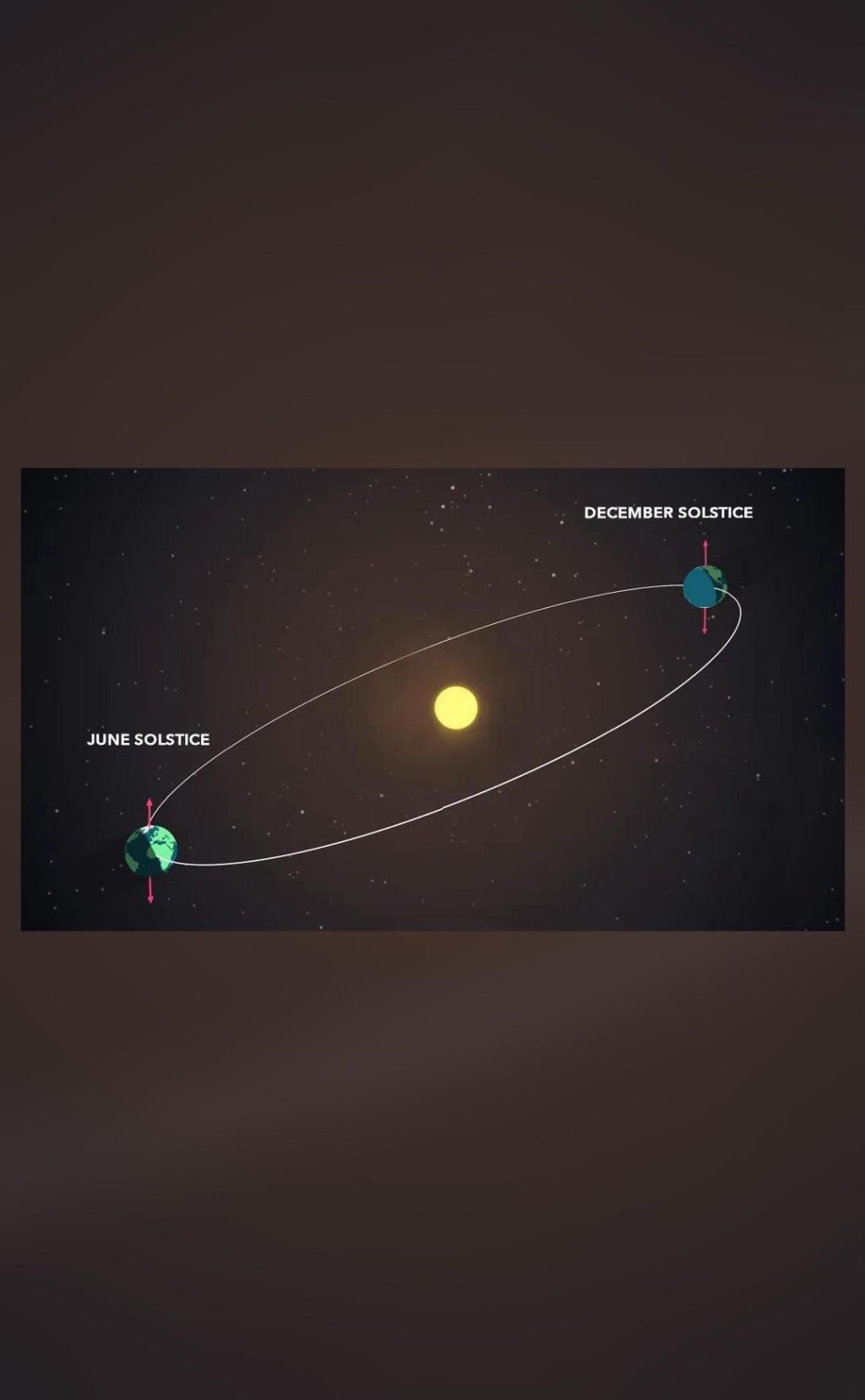
Why will June 21 be the longest day of the year in India?
As the world rotates on its axis, June 21 is a special day that marks the beginning of summer in the Northern Hemisphere. In India and other countries that fall within this hemisphere, June 21 will be the longest day of the year, also known as the summer solstice. At 8:12 am IST, the Northern Hemisphere will be tilted closest to the Sun, resulting in the maximum daylight hours of the year.
According to astronomical calculations, the Earth’s axis is tilted at an angle of about 23.5 degrees relative to its orbit around the Sun. This tilt is responsible for the changing seasons on our planet. As the Earth orbits the Sun, different parts of the planet receive varying amounts of sunlight, leading to the seasons of summer, winter, spring, and autumn.
During the summer solstice, the Northern Hemisphere is tilted at its maximum angle towards the Sun, resulting in the longest day of the year. On this day, the Sun rises and sets at its northernmost points, bringing along with it the longest hours of daylight. In contrast, the Southern Hemisphere, which is tilted away from the Sun, will experience its shortest day of the year, also known as the winter solstice.
The summer solstice has been an important event in many ancient cultures, often marking the beginning of the warmest and most fertile period of the year. Many ancient civilizations, such as the Egyptians, Greeks, and Vikings, celebrated the summer solstice with rituals and festivals to ensure a bountiful harvest and to mark the occasion.
In India, the summer solstice is also an important event, with many ancient temples and monuments aligned with the solstice. For example, the ancient city of Hampi in Karnataka, a UNESCO World Heritage Site, is said to be aligned with the summer solstice. The ancient temple of Sun God, Virupaksha Temple, is said to be built in such a way that the first rays of the Sun on the summer solstice fall directly on the deity, marking the beginning of the summer season.
The summer solstice is not just a significant astronomical event but also has a profound impact on our daily lives. The longer daylight hours during this period can have a range of effects on our physical and mental well-being. Many people experience increased energy levels and a sense of vitality during the summer months, which can be attributed to the longer hours of sunlight.
On the other hand, the heat and humidity during the summer months can also take a toll on our health, leading to heat-related illnesses and exhaustion. It is essential to take necessary precautions during this period, such as staying hydrated, avoiding strenuous activities during the peak hours, and wearing light and loose clothing.
In conclusion, June 21 will be the longest day of the year in India and other Northern Hemisphere countries, marking the beginning of summer and the summer solstice. This event is a reminder of the Earth’s tilt and its impact on our seasons, as well as the importance of ancient cultures and their celebrations. As we bask in the longest hours of daylight, let us also remember to take care of our health and well-being during this period.






